Introduction: Bridges to the Ancestral Future
As artists of diverse cultural backgrounds, we often find ourselves at the intersections of complex legacies that codify our perceptual environment and affirm our conceptual frames. But at these junctures we also engage in discourse that is contentious in practice. How do we pay homage to our familial and artistic ancestors while creating equitable platforms of critique for futures to come? As culture bearers standing on the shoulders of our Indigenous heritage, we fear that the dangers of this Post-Colonial into Neo-Colonial world perpetuate social problems to a point of stale insensitivity.
ghOstMiSt[1] is a Balinese experimental duo that focuses on practices of reflexive improvisation toward phenomenological inquiries into confronting cultural contradictions. The project was founded by Dewa Ayu Eka Putri and myself in the summer of 2020. Born out of a distanced practice during the COVID-19 pandemic (Putu Tangkas Adi Hiranmayena in the United States and Dewa Ayu Eka Putri in Indonesia), ghOstMiSt releases monthly artistic pieces on social media platforms (Facebook and Instagram) to a Glocal audience. We created the duo out of frustrations with exoticist interactions and a desire to confront cultural contradictions through performance. We intend to create artistic and ideological commotion through a general co-motion[2] of contemporary Balinese artists. In doing so, we attempt to thwart the assumptions that Balineseness means being solely ethereal artists tied to Indigenous animist practices. ghOstMiSt promotes a practice of reflexive improvisation (which will be explained further in subsequent sections of this article) that becomes a catalyst for self-expression defined by negotiating cultural process between local and global sensibilities. This article interrogates identity of performance through phenomenological bridges that question cultural appropriation in Glocal Balinese arts. In this reflexive piece, I intend to highlight problems of cosmopolitan accessibility as a way of framing conversations to bridge Balinese modalities and epistemologies.
ghOstMiSt and Ngayah
For Balinese people, art and ceremony are a part of the quotidian. The lines between sacred and secular space are often non-existent. Like most Balinese people, Dewa Ayu Eka Putri and I grew up with Balinese arts as the basis of our identities, each descending from a familial legacy of artists who have established roles in their communities. Our artistic identities are purported through an active engagement with Balinese arts to a global populace: Dewa Ayu Eka Putri is a member of the renowned Sanggar Cudamani, that often hold summer institutes for all kinds of people (i.e. artists, non-artists, adults, children, academics) around the world; and I grew up in the United States with Gamelan groups that were largely non-Indonesian (i.e. academic institutions or community non-profits), while also hosting study abroad programs at the family compound, Sanggar Manik Galih. For both of us, these communities are a source of pride and a marker of home, but not without cultural contention.
ghOstMiSt’s practice is improvisational and reflexive in nature. It is a way for the habitus of Balinese artistic traditions to be re-framed in real time. During an improvisation, we move and sound out artistic training without the boundaries of form or arrangement. For this, Dewa Ayu Eka Putri might begin with a particular dance form in mind, such as Legong, Rejang, or simply agem (basic Balinese dance positioning) and then use that form as a trail of movement from which to expand. Part of traditional cultural training in Balinese dance has to do with the somatic relationship with your dance teacher (i.e., teachers literally moving their students into place). In ghOstMist, this affect is desired as a way to connect to the art through an ideo-physiological praxis. It is a way to say, “I recognize my training and request to extend my practice.” On the musical side, I draw heavily from my training as a gamelan and noise/metal musician. My musical reflexes come from Balinese temporal sensibilities such as kotekan (hocketting), angsel (rhythmic breaks), and keramaian (generally, a social and musical boisterousness/noisiness). Couple these with the ideas of desa, kala, patra (context, time, situation), by which Balinese people can connect their cosmologies with Bali no matter where they are in the world. These factions of traditional Balinese training are elemental in ghOstMist, but what is of priority is how we negotiate our training and contradictions with each other in real time. During the momentary conversation of musician, dancer, environment, and legacy, the praxes established from decades of training in Balinese artistic idioms are evident and elevated. Here, legacy is not only ancestral lineage, but also a negotiation of ritual and a request for respect. Because our lives have been largely imposed by an external imaginary that often exoticizes cultural assumptions, this performance space is reserved for Dewa Ayu Eka Putri and me to interrogate cultural art on our own terms. To that end, the environment that is afforded by ghOstMiSt is highly regarded as a community offering — an offering that says: “accept that we do not have access to everything.” Our offering to the world is predicated on an acknowledgement of our own privileges, an acceptance of limited access, and a performativity that highlights social politics. Thus, reflexive improvisation is a way to negotiate cultural exegesis through a self-critique of artistic sociability as well as a way to maintain our trails of Indigenous legacies. We are then able to feel empowered when enacting ngayah, maintaining cultural homage to our Balinese teachers, and confronting exterior cultural assumptions.
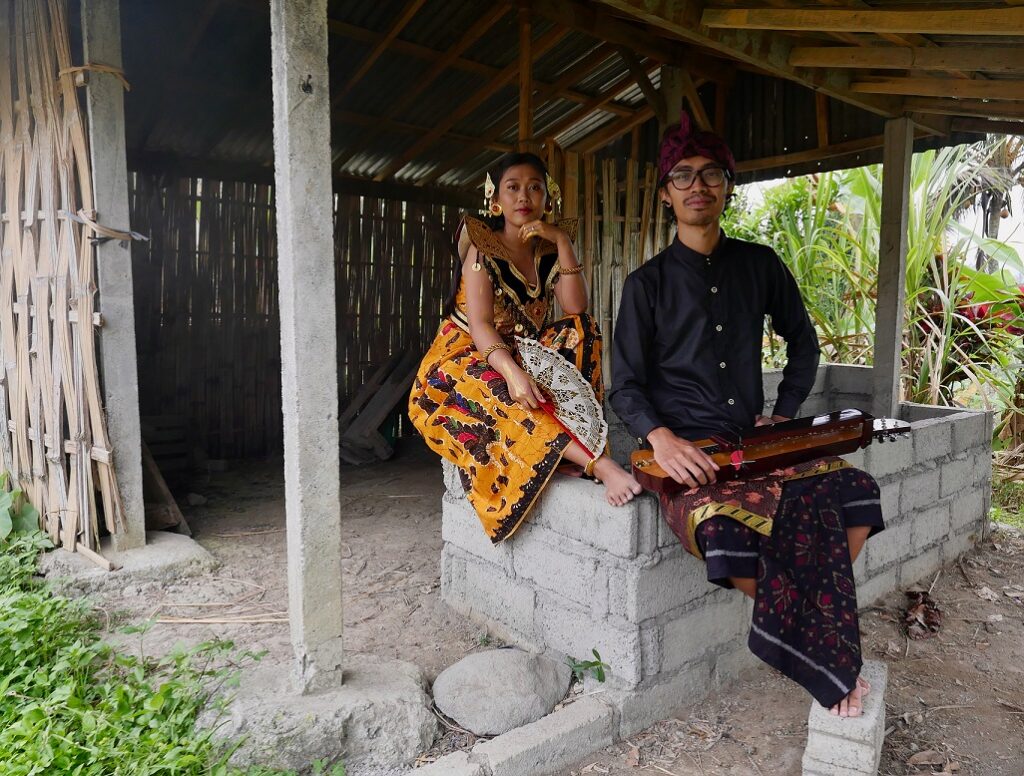
In Bali, the concept of ngayah is a practice championed and disciplined not for economic gain, but for social capital and community engagement. During an act of ngayah, people give up their bodies and time for cosmological stability of the community through religious service, artistic performance, or simply, neighborly acts. It is an act of valor that is reciprocated by the affirmation of communal viability. In Bali, those that are in a gamelan ensemble and/or dance troupe, for example, will practice daily in order to perform at a temple festival, such as Odalan (generally, the birthday of a temple, commune, or village). Moments of ngayah do not necessarily need to be cosmological or artistic either; it may just entail serving coffee and snacks at a family friend’s gathering. None of this is paid, but its pre-requisite is trust of the collective. To ngayah is to exist as a quotidian Balinese person, not as a performative pedestal that is used to accrue economies of sociability. Thus, based on peoples’ roles in the community, these acts confirm historical legacy in the trails of Indigeneity that have been foundational to artistic practice.
Another core value to ghOstMist’s practice is the acknowledgment of land and space where performances take place. All of us, as arts practitioners, find ourselves involved in performance spaces that were once occupied by Indigenous peoples. This becomes a direct physical bridge to caretakers of the land and an indirect cosmological bridge to personalized artistic philosophy. This is very important for ghOstMiSt as we see our relationship to land and space as the realm of affordances that is essential to performing ngayah. With every performance, we sustain our social and affective energies through the agency of place that allows us to exist as artistic beings.
Reflexive Improvisation and Confronting Contradictions in a Neo-Colonial World
It becomes increasingly difficult to comfortably create works of art within a contentious cultural and political clash. Creating commotion through music, dance, theater, poetry, etc. seems to be largely esoteric in the various idea-scapes of today. But maybe that is the point — to put discomfort on the main stage. Improvisation takes many forms within the arts world. Whether it is idiomatic (improvisation within a prescribed structural genre), omni-idiomatic (improvisations that draw from myriad musical cultures and forms), or free improvisation (an ostensibly autonomous practice of improvisatory performance), it is a process by which to negotiate various social modalities. ghOstMiSt’s practice, on the other hand, defines what I call reflexive improvisation. The philosophical trajectory of reflexive improvisation is one that heightens the acknowledgement of prior training bound by a cultural legacy. For ghOstMiSt, this specifically questions how the inherent physical and sonic movements codified by tradition and Indigeneity emanate in real-time negotiations of ideology. In what ways do the affective components of performance become flow of consciousness, and what are the factions of analysis that are used to break away from comfort? Dewa Ayu Eka Putri ponders the matter:
In Bahasa Indonesia:
“Pada suatu waktu ghOstMiSt menjadi ruang bagi saya untuk mengekspresikan emosi yang kadang saya sendiri tidak mengerti. Saya percaya tubuh yang terlatih dengan disiplin menjadi lebih cerdas dari pikiran dan emosi. Oleh karena itu ghOstMist menjadi sahabat baik tubuh saya. Tubuh, pikiran, dan emosi bisa menjadi refleksi budaya, tidak hanya identitas individu saya saja. ghOstMiSt saya rasa juga menjadi jembatan antara diri saya dan budaya tempat saya lahir.”
English translation:
“ghOstMiSt becomes a space for me to express emotions that sometimes I don’t understand myself. I believe a body that is trained with discipline becomes more intelligent than the mind and emotions. Because of this ghOstMiSt becomes my body’s best friend. Body, mind, and emotions can be a reflection of culture, not just my individual identity. ghOstMiSt, I think, is also a bridge between myself and the culture where I was born.”

With the accessibility of information provided by the World’s media, the junctures where we are to champion scholarship and knowledge become overwhelming as communities use access as a point to divide rather than unite. The cosmopolitan person is searching for their social utopia in a way that is ironically conducive to creating a social dystopia. The cultural and political landscape of the world desires a universal frame of reference and so disregards the nuances and specificities of meaning created by particular peoples. Privileges presented are often not privileges realized because of the systemic oppression and super-imposition of maintaining world order. Dewa Ayu Eka Putri and I recognize the privileges afforded to us as cosmopolitan Balinese artists yet cannot ignore the imposition of exoticism that continues to assume our identities. Often, we get condescending comments such as, “Your art is so earthy and basic. It must be so rewarding to be able to perform such simple forms of music and dance,” or “You’re Balinese. Isn’t your music supposed to be spiritual and atmospheric?” And on occasion, “That’s so foreign. What does that symbolize?” These comments and questions are bound by presumptions of foreignness and, frustratingly, a super-imposition of who we, as Balinese artists, are supposed to be in the global worldview. The reflexive improvisation practiced by ghOstMiSt is not only an agent of inquiry, but a proposition for audiences to recognize their access to the world, as well as our own.
The discourse presented here through ghOstMiSt is not intended to isolate the niche performer, but rather, to provide a potential for engaging in a world that is so easily canceled. At this moment in time, it seems very easy to give up on the merits of artistic expression as they seem futile in light of the ostensible demise of the world. Many artists just want to better their craft and make meaningful contributions to human creativity, but are struggling to survive, to find basic economic stability. We have to stand up and propose value judgements on our own terms. As ghOstMiSt, we maintain a practice of ngayah to our communities through commotion and co-motion and serve those who are willing to listen. We can engage in our traditions and simultaneously critique the elements of life that are important in our own cosmologies. ghOstMiSt exists to confront and acknowledge contradictions while providing a sensibility that is against notions of exoticism.
The ways we know in this contentious climate are contradictory to the survival of artists. Some of us teach in universities that we want to dismantle; some of us cater to people that could care less if our communities die; some of us live in spaces that seem to give back to local people but do so in a way that exercises power of oppression. Our livelihood is contingent upon the structures we are trying to dismantle. Those with economic power and capital privilege may be blind to the components of human existence that are propelled by artistic creativity because of their own comfort as takers of cultural idioms. For ghOstMiSt, our trails of Indigeneity are now too far embedded in the emergence of arts practices that are not our own. We are now ready to reclaim territory by opening up a dialogue.
Visit ghOstMiSt’s YouTube channel by clicking here and watch some of their videos below!
[1] The name, ghOstMiSt, is conceptualized as a moniker that describes remnants of energies left by cultural performances that create intangible pathways of ancestral legacy. The capitalization of the letters “O,” “M,” and “S,” refer to the word, “OM,” in Hindu cosmology which manifests? as different forms of reciprocal love and prosperity.
[2] “Commotion,” here, refers to events of elevated performances for acknowledgement of social issues. I think of “Co-motion” as the collective movement (i.e. social, physical) toward an artistic, ideological, performative cause or shift.
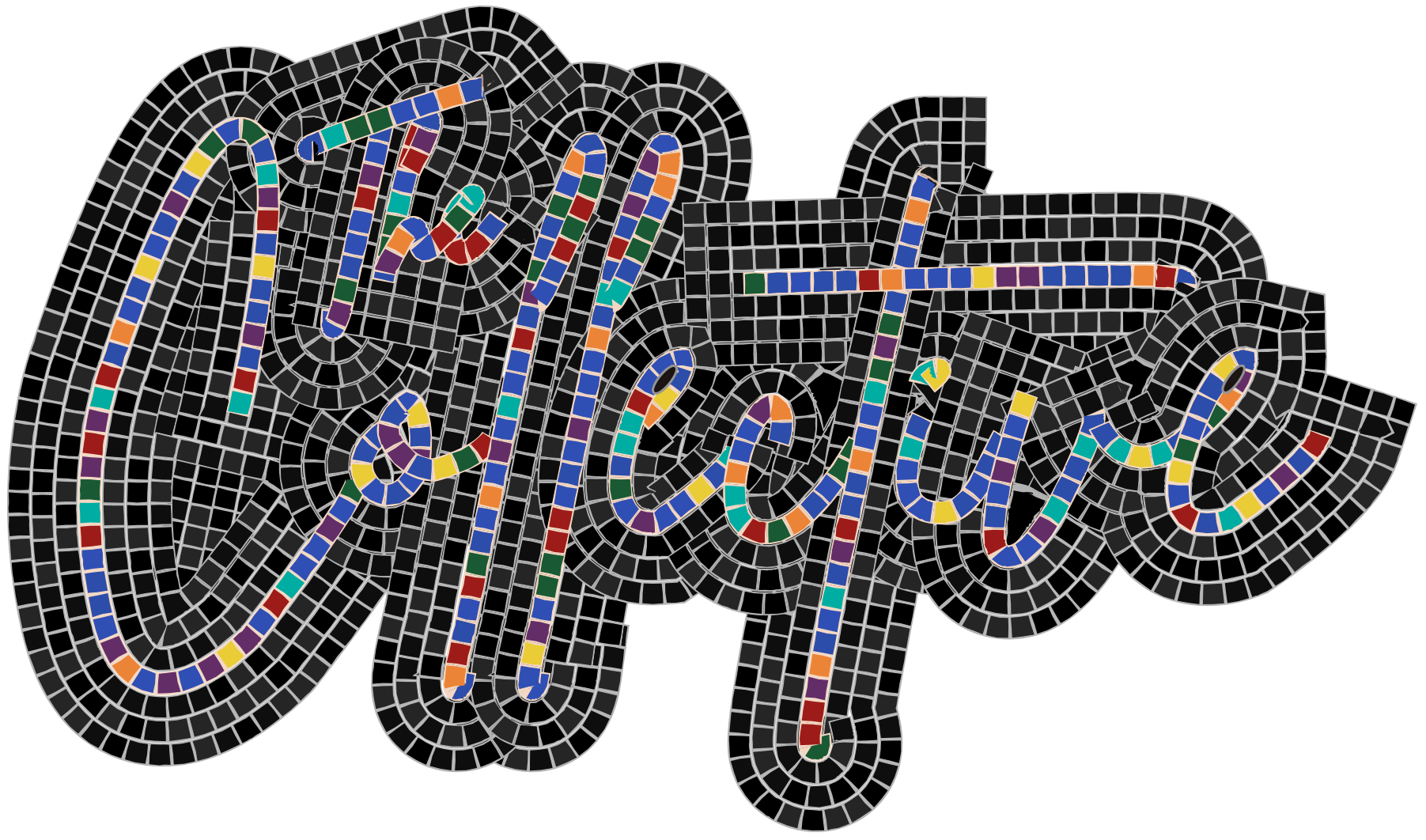
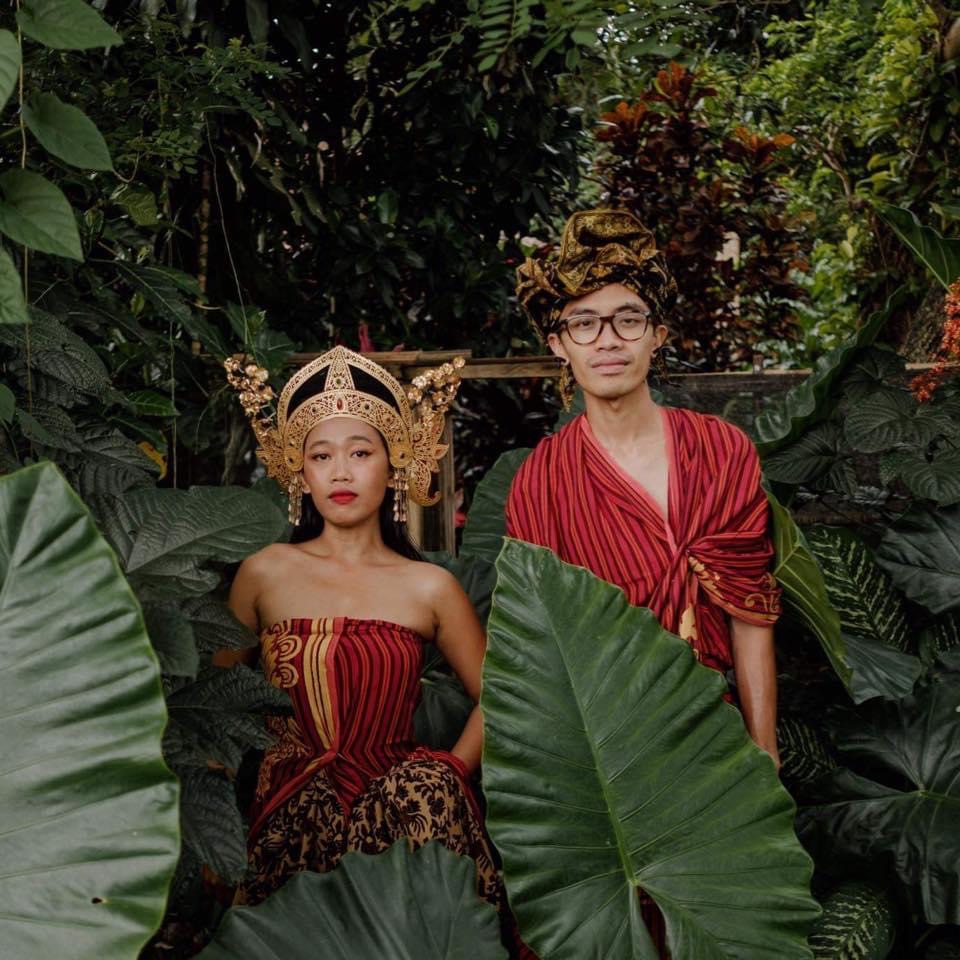

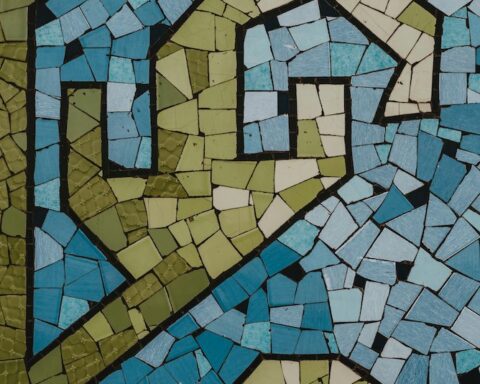
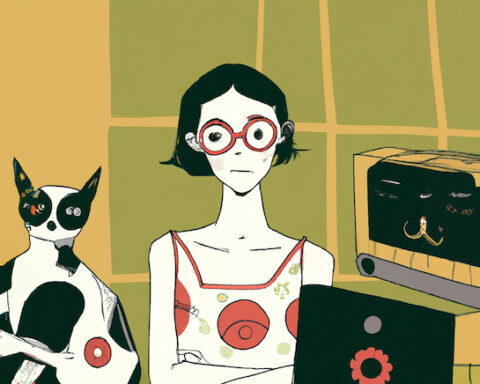
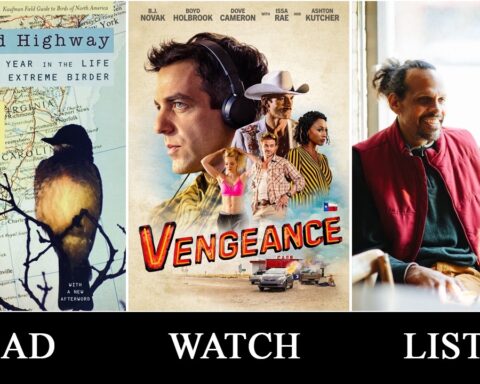
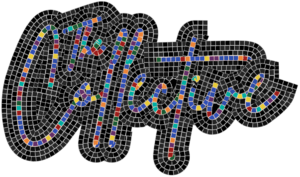

Such cool videos! I can’t decide if I like Buru or Kalarau more!